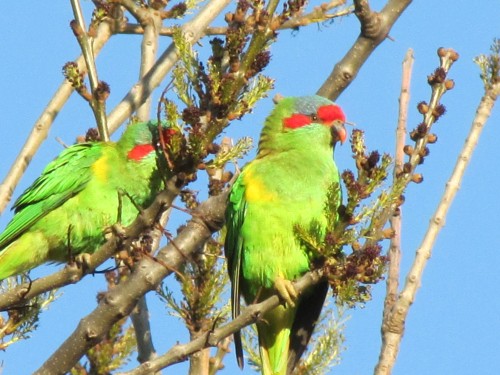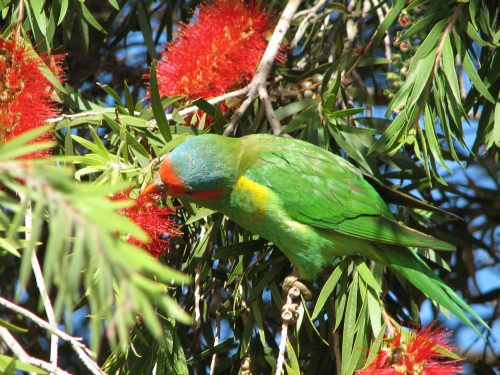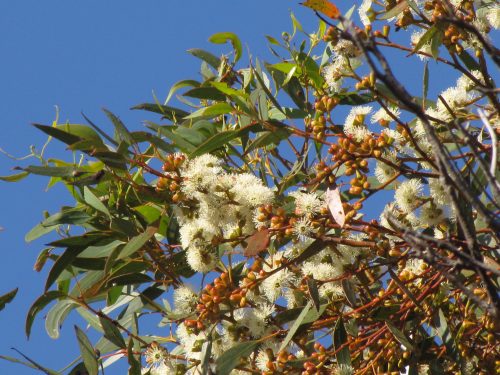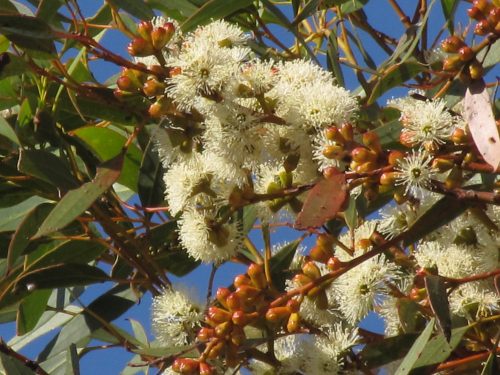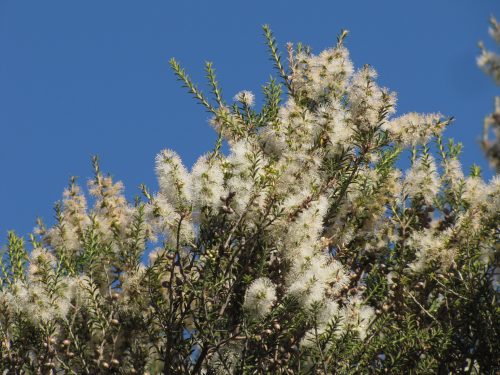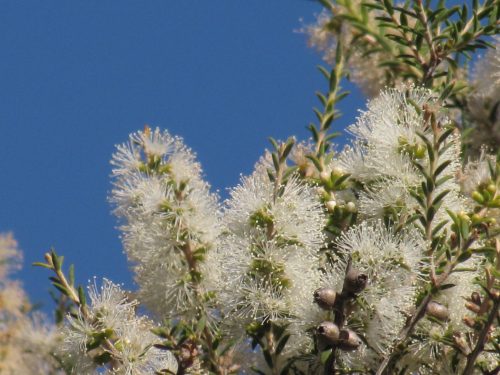Lots and lots of Lorikeets
An influx of Lorikeets
Over recent days we have had an influx of lorikeets in our garden, on our property and along the road leading to our place here on the edge of Murray Bridge in South Australia.
Normally, we have the odd flyover of a small group of Purple-crowned Lorikeets. Occasionally they will land in one of our mallee trees for a short feed, depending on the extent of flowering at the time. They rarely stay for more than a few minutes.
From time to time we also have Rainbow Lorikeets shooting across the tops of the trees at speed. They are often gone in a flash, flying like colourful arrows against a blue sky. They, too, rarely come to settle in our trees.
The current influx of Musk Lorikeets is somewhat unusual. It is the first time in over 12 years that I have recorded it here in our garden. (My database records only go back that far; I am progressively working back through them.) Although it is relatively common in this area, I haven’t recorded it in our garden in all those years. In fact, if my memory is correct, I have recorded this species in our garden on only a handful of previous occasions, all of them more than 12 years ago.
Why the influx of Musk Lorikeets?
This leads me to contemplate the question: “Why now?”
The reasons are clear and far from complex. The last six to eight months have been exceptional from a weather point of view. From late mid-winter last July (2016) we have had well above average rainfall. This extra rain has produced one of the best flowering seasons for many years over the recent summer months (December – February). The eucalyptus mallee trees have flowered prolifically, along with many other local species of shrubs and bushes. Being predominantly nectar eating birds, Musk Lorikeets have flocked to this area. I don’t mind; I love having them around.
While I was watching them feeding in a mallee tree near to our house earlier this week, something spooked them. They flew off over our orchard, wheeled around to the north, then east and like green coloured screeching darts came hurtling back to the tree near me and recommenced feeding. As they flew, I estimated that there were some 40 to 50 birds, far more than one usually sees in a flock here. Having said that, I have seen large flocks flying together while visiting my daughter in Clare in the mid-north of South Australia.
More photos
I have included below, several photos of some of the trees and bushes currently flowering in our garden. These are what the lorikeets have been feeding on.
Further reading:
- Mallee trees
- Purple-crowned Lorikeets
- Purple-crowned Lorikeets at Brown’s Road Monarto
- Rainbow Lorikeets
- Feeding time at the Zoo
- Close views of Musk Lorikeets
Musk Lorikeets
While staying with my daughter in Clare in the mid-north of South Australia last weekend I was aware of the large numbers of Musk Lorikeets in and near her garden. Just over the fence in a neighbour’s back yard is a tall Eucalyptus citriodora (Lemon Scented Gum). It is about 10 metres high and covered in flowers. These are clusters of creamy stamens several centimetres long. And don’t the lorikeets love these flowers!
Lorikeets in the garden
While I was doing some gardening in the back yard on Monday morning I stopped a number of times to observe these raucous creatures. As they are feeding there is the constant contact calls, a relatively quiet screech – if that is not a contradiction in terms. They scramble all over and through the foliage seeking the next flower for its nectar. After a few minutes of this two or three of them would suddenly take off towards another tree, perhaps a few houses away or in the next street. Sometimes they would head arrow-like towards the park a block away, or towards the trees lining Lake Inchquin or the golf course next to it. As they fly they frequently emit high pitched screeches. You would have to be totally deaf not to be aware of these noisy birds zooming overhead.
Photo opportunity
As I watched one bird in particular I was aware that it was feeding on the outer foliage closest to where I was working. Of course the camera was inside. Would this flighty bird stay long enough for me to take a photo? I raced inside, grabbed the camera and crept as unobtrusively as I could back to my spot. The lorikeet in question must have been very hungry; he was still there. Over the next five minutes I managed to take some photographs, mainly of the foliage! Eventually I did manage a reasonable shot of the bird on the outside of the leaves and in full sun. The brilliant colours show up quite well, especially the bright grass green of the back and sides and the brilliant red forehead.
Lorikeets in South Australia
Lorikeets are widespread throughout southern South Australia. There in the Clare Valley the Musk Lorikeet seems to be the dominant species, but I have also recorded Rainbow Lorikeets from time to time. The Purple Crowned Lorikeet may also be found in this area. In Murray Bridge where I live, however, the latter species is the most common, followed by the Rainbow Lorikeet. The Musk Lorikeet is not observed nearly as much in our area.
UPDATE: for related articles and more photos click on these links:
This article was updated on October 3rd 2015.
